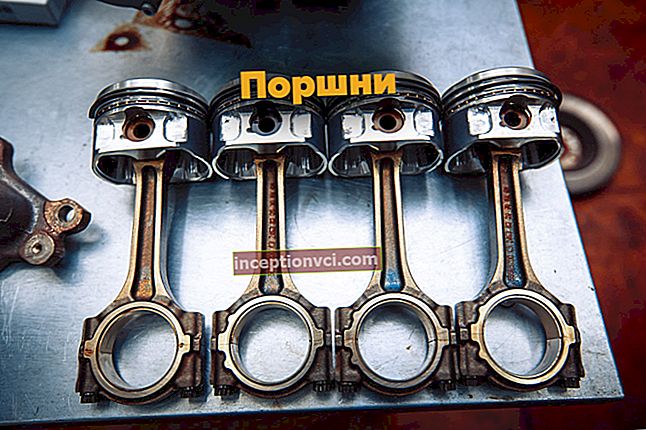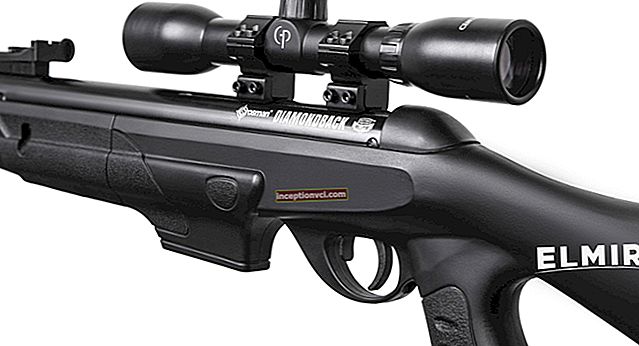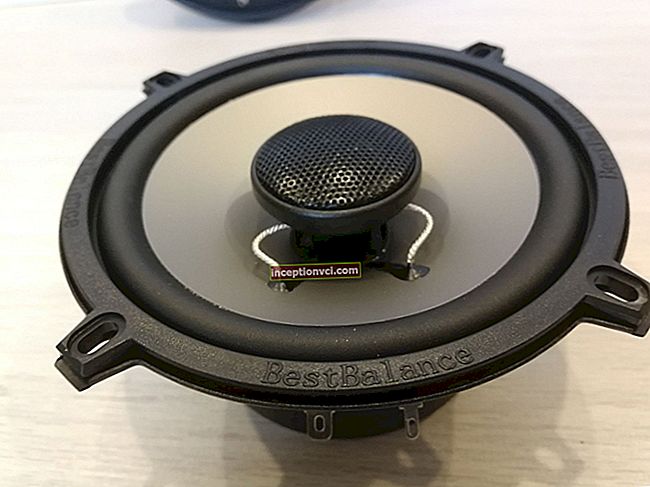The newest model from Canon's hobbyist line, the EOS 650D, replaced the EOS 600D with a new sensor, a new focusing system and, which especially pleased amateurs, touch control. But first things first.

The camera body is traditionally made of plastic with rubberized inserts for better grip. It is held in the hand very confidently and comfortably, it is quite difficult to drop the camera. Changes in the body and location of buttons compared to the 600D are quite insignificant: additional items have appeared on the mode ring, for example, Handheld Night Scene and HDR, the Disp button has disappeared, and a stereo microphone is located next to the built-in flash in front of the hot shoe. You can now switch to video mode using the camera's power lever, so that unexpected and sudden start of the video is eliminated for the photographer.

We must pay tribute to the build quality of the camera - it is at its best. The location of all buttons is very logical and convenient. It is impossible to accidentally touch any key or lever, knocking down important settings. But many cameras of even higher level are marked by this disadvantage. The size and location of the battery compartment cover has been thought out, and a standard-sized screw-on tripod platform does not interfere with battery access.
The new model also has a new shutter, which in terms of burst speed brought the EOS 650D closer to older models: the camera is capable of shooting 5 frames per second (as opposed to 3.7 frames / second in the case of the 600D). The latest generation Digic 5 processor first appeared in the hobbyist EOS model. It not only helps the camera to work quickly, respond sharply to user actions and not waste extra time processing images, but also provides more accurate color reproduction.

The 3-inch swivel screen has become a touchscreen. It is made using capacitive technology, recognizes multitouch gestures, which will be appreciated by active users of smartphones and other modern touch gadgets. Now accessing the menus and managing settings is even faster, although Canon DSLR users have had little reason to complain about poor ergonomics before. Of course, more advanced photographers use the viewfinder while shooting, but they can also change their habits, because the screen allows you to control not only menu settings, but also focus with one touch of your finger. Together with the ability to shoot from any angle, thanks to the rotary mechanism, this gives a much greater degree of freedom and a richer choice of focusing points than before. However, new technologies do not replace the traditional control of the camera using buttons and navigation keys. The glass of the screen is protected from the appearance of grease stains from fingers and is easily cleaned of dirt, which will be especially important, for example, when visiting caves.
In general, this screen would be worth singing an ode: bright, contrasting, with high-definition images. In addition, in the menu, you can choose one of five color options for the interface, including one that is suitable for use in a dark room or when shooting at night. The display can not only be rotated in all directions, but also closed after shooting, reliably protecting it from damage during storage and transportation of the camera.
The battery of the device is designed for 450 shots. As practice has shown, it can do more if you turn off the automatic demonstration of the captured frames and do not use the screen at all. When traveling, when there are often no sources of electricity at hand, this is very important. Touch control naturally also reduces autonomy.However, the declared resource will be enough for the most active amateur photographer to enjoy shooting all day long, even with the use of touch controls and sighting on the screen.
The 18-megapixel matrix has got additional cells working on the principle of phase detection autofocus sensors. This not only ensured the possibility of normal dynamic shooting in Live View mode, but also constantly active focusing during video recording. In addition to the emerging hybrid autofocus, it is necessary to note the significantly improved main phase detection module. All 9 active points in it are cross-shaped, which allows focusing on the subject more accurately and quickly. Now all sensors work with equal confidence, which means that photographers have more opportunities for creative research when building a composition.
The new sensor and processor have expanded the range of light sensitivity up to 12800 units (25600 ISO in expansion mode). From experience I will say that it is problematic to use values over 3200 units, since, starting from 6400 ISO, color noise becomes too noticeable. At the same time, the 100-3200 ISO range, in which it is possible to get good quality images with high details, is quite enough for an entry-level amateur camera.
The 650D also features Speedlighi wireless flash control, eliminating the need for additional funds to synchronize with external flash sources for amateur photographers and making it much easier to experiment with complex lighting schemes.
A detailed study of the camera menu made me happy with several pleasant surprises. One of them is the ability to convert files from RAW format to a lighter and more convenient JPEG (keeping the original file, of course). Moreover, any picture can be further processed by applying various artistic filters from the list: "Grainy b / w", "Soft focus", "Fish-eye", "Oil paints", "Watercolor", "Toy-camera" and "Miniature". The degree of influence on the picture of each filter can be changed within three levels. The only pity is that the miniature effect here cannot be adjusted as flexibly as in Canon's compact cameras. You can choose to set the field of focus horizontally or vertically and shift it along the frame - that's all. There is no way to change the width of a clear strip, and there is no way to arrange it diagonally.
The Grainy B / W filter handles images in a much more interesting way than the standard monochrome picture style. It is also more convenient because the user receives not a single b / w frame, but the original color version and processed.
The options for improving the image at the stage of working with the camera are not over yet. Canon has another new addition: Multi Shot Noise Reduction is another additional way to reduce noise when shooting in low light. It consists in the fact that the camera takes four pictures and averages the resulting images, subtracting extraneous random blotches.
Canon 650D was pleased with the speed of work, focusing accuracy and ease of control. Surprisingly, I did not find any serious flaws. The camera is just pleasant to use - the manufacturer took into account all the nuances. All that remains is to add a multiple exposure function and a second memory card slot, and the camera will win the hearts of not only newcomers to photography, but also, I'm sure, professional users. However, this will be a different device, of a completely different level.
The main competitors of the reviewed camera are the following models: Pentax K-30, Nikon D5100, Sony A57.









